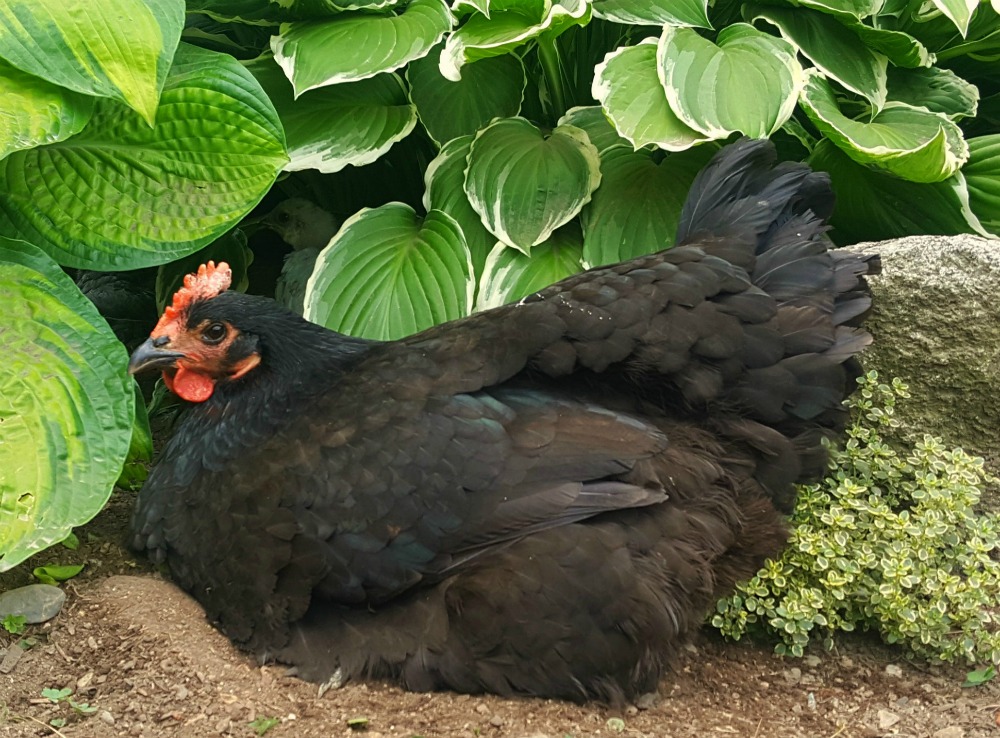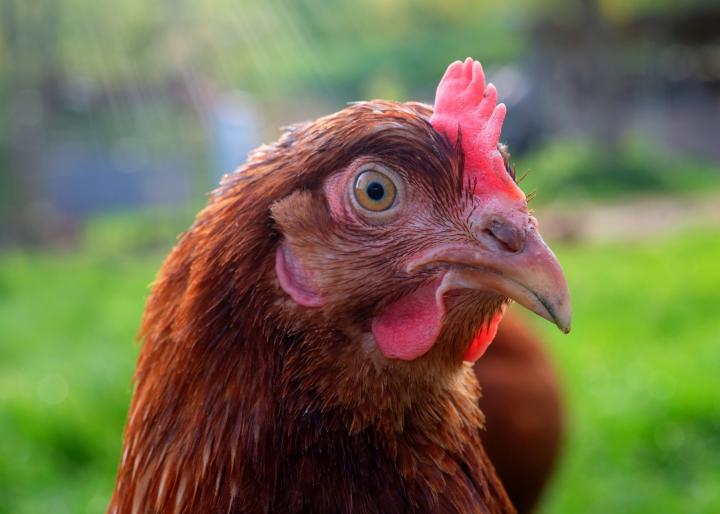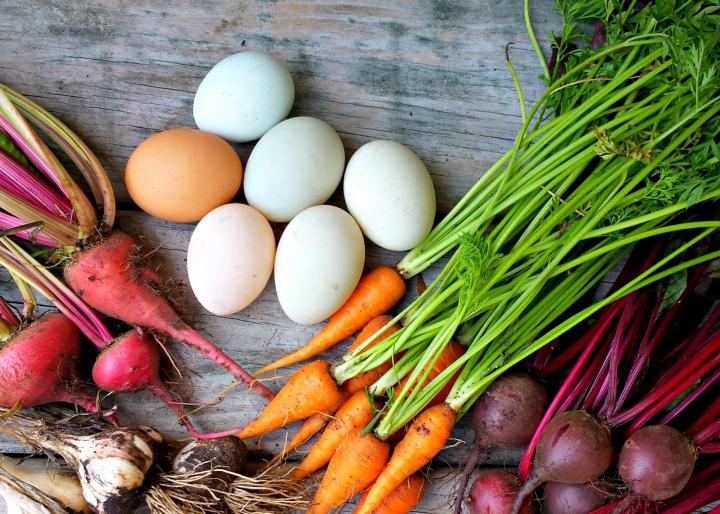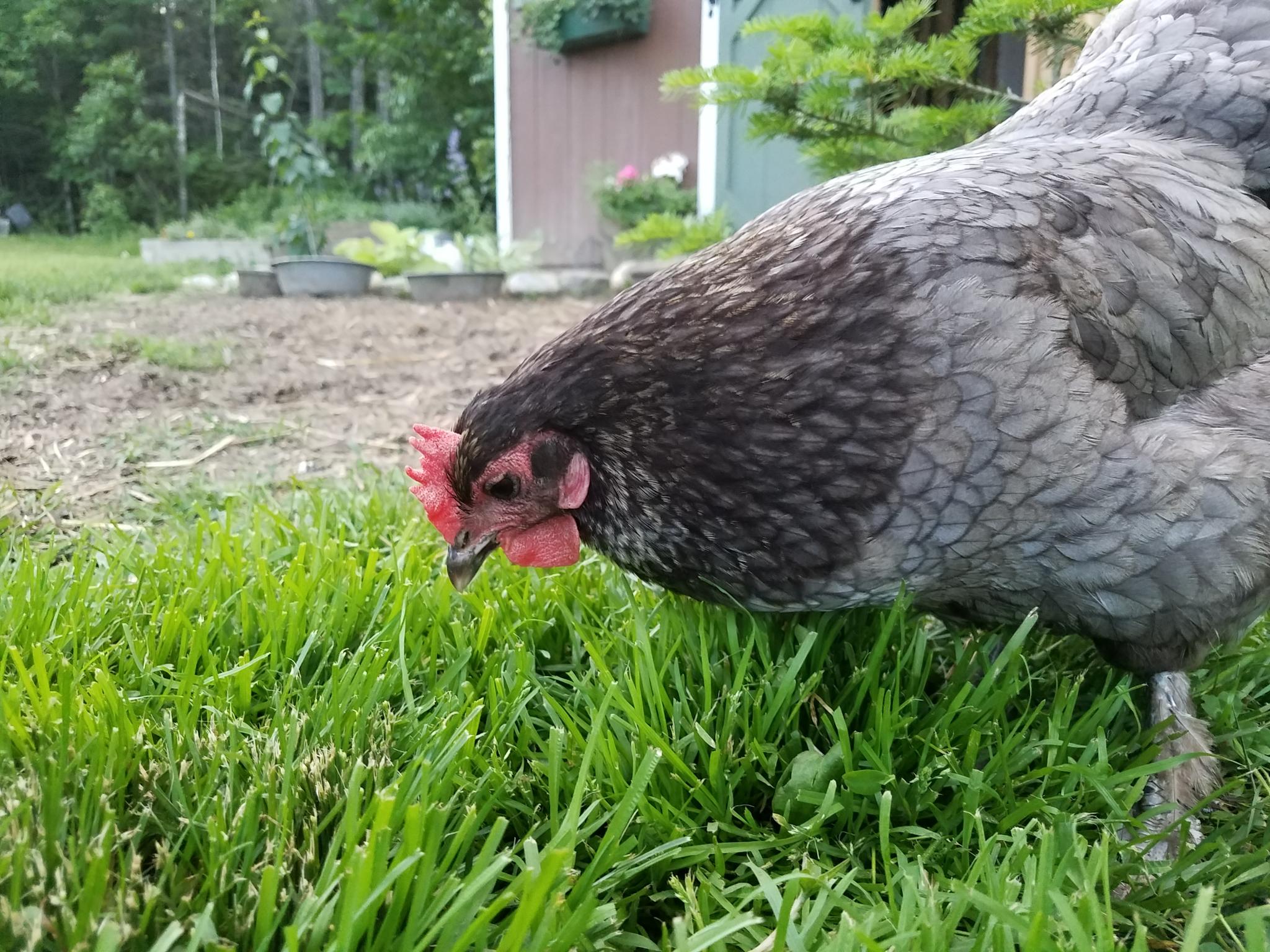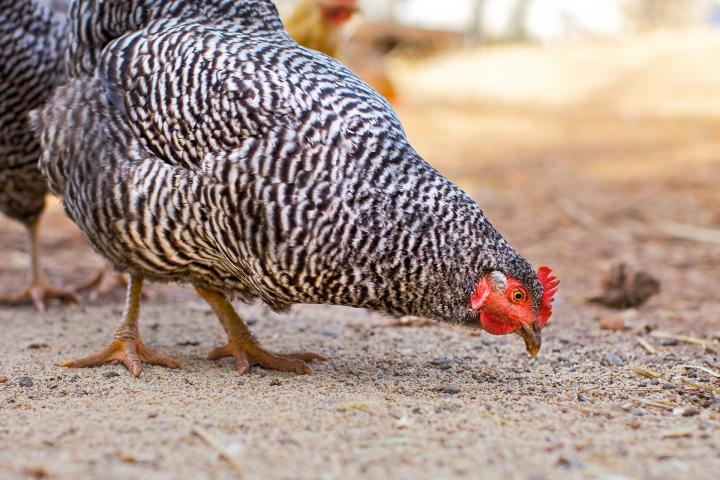
Which Type of Chicken Best Suits You and Your Space?
ADVERTISEMENT
So, I live in Southern California, it can get around 110 F in the summer and 20 F in the winter. I want to have about 4 chickens, but what breed should I go for? I was thinking the ones that are more heat tolerant, but how to I keep the coop warmer during the winters? (without installing a heater, if possible)
You don’t have to worry about heat if you’re only getting down to 20°F, it regularly gets down to 0°F where I live and up to 105°F, adult chickens will be fine. I would just go with Rhode Island reds and or Plymouth barred rock as they are pretty much bulletproof and available anywhere. Just make sure you have shade and good ventilation for the heat, and plenty of water.
Ok…now for some helpful advice from everyone…BROODY HENS. How to best break this?
Hi Geri... I separate the broody hen and isolate it (usually in a medium size dog crate). Just make sure they have food and water but without nesting material. I leave a 2x2 in the crate so it can roost. After about 5-5 days, I let her out.
I live in Central Missouri where it gets below freezing every winter and into the triple digits every summer. What are the best layer breeds that should I get?
I've got Road Island Reds, Buff Orpingtons, Smokey Pearls, Aracuna, Australorps. looking for Marans, & Barr rocks to complete my dream team.
My mother always raised white chickens that laid white eggs. They were not people-friendly and were quite flighty. I never liked chickens all that well, growing up. When the uncertainty of the pandemic hit, eggs were the one thing we were lacking and I decided I needed to get some chickens. After a good deal of research, my first laying hens were Black Stars AKA Black Sexlinks. I love these chickens. They are docile. They are beautiful. They lay huge brown eggs and LOTS of them. I believe they are a cross between a Rhode Island Red and a Barred Rock. The females are always iridescent black with many of them having some rust-colored feathers around their neck or just on the front of their neck, and on their breast. Occasionally, one is all black. I think the males are red and white. I would highly recommend them to anyone. They seem to tolerate both heat and cold, although, like all chickens, their production greatly dropped when it was ten degrees and below for an entire week. I really thought Black Stars would be listed in this article and was a bit surprised that they were not. I did see that another reader also mentioned this breed.
Are there any chicken breeds for Northern California that are less likely to be red tail hawk food? I love and prefer to free range my ladies but my flock of 14 in October is now down to 1. When I first started losing them I started leaving them in their run but it seems they're disappearing faster now because the birds find their way in!
Chicken is on everyone’s menu. We even have bears and bobcats. I recommend Icelandic hens. Hearty, smart, resourceful. Natural foragers.
Les in New Hampshire
Your pen needs to have some sort of netting or chicken wire roof over the whole pen. The fencing needs to have 1"x 3' vermin wire on the bottom dug 18" inches into the ground. The gate needs to have a landscape timber cut to fit and trenched tightly under the gate and the gate should be tight to the posts on each side and have a treated 1x4 across the top right above the gate with very little gap between it and the gate. It may not be just red tail hawks as owls, raccoons, skunks, foxes, and members of the weasel family love to dine on chicken. I worked on a state game farm and raised pheasants for 17 years and had to deal with every kind of predator you can think of including coyotes. The vermin wire prevents animals from digging under your fence, and not just predators, wood chucks like to eat chicken food too and if they dig under you fence it provides a highway for the predators.

